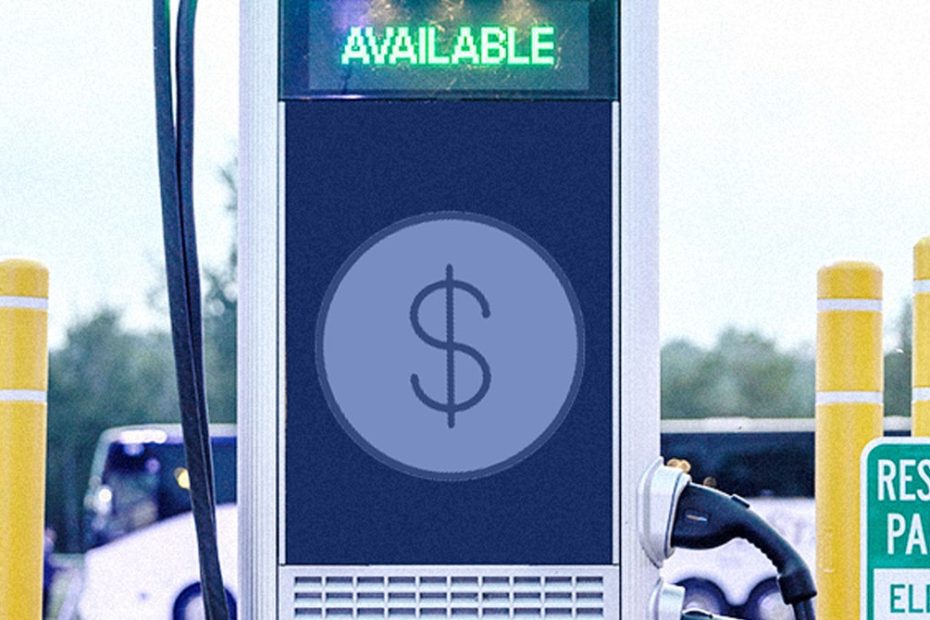Another oddity of electricity pricing is demand charges. These are fees that EV charging site hosts pay that are based on their highest usage, in 15-minute to hourly intervals, during a billing period. These demand charges help utilities deal with the various costs of building and maintaining an electric grid. But they’re frustrating in the context of EV charging, because some chargers are used very rarely, but when they are used, they demand a lot of electricity in a short period of time. That leads to demand charges.
These demand charges can run into “hundreds of thousands per year for a specific location,” says Rachel Moses, who leads sales, marketing and business development at Electrify America.
Meanwhile, some utilities charge ‘peak’ prices – that is, more money when lots of other people are using electricity. This means that it usually costs more for charging points to provide electricity between 4pm and 9pm, when everyone goes home, turns on their TVs, air conditioners or heaters, and maybe plugs in their cars. It all adds up to somewhat unpredictable charging prices.
Electrify America says its prices are “station-specific,” meaning it will charge customers more to charge at stations that cost more to operate. But other EV charging companies are taking a broader approach, averaging the costs of operating their entire networks to set prices for a larger area.
In addition, companies are allowed to charge fees dynamic prices for charging electric vehicles, meaning they can change. Fortunately, there is a limit to this strategy. Rules around national funding for public charging infrastructure mean that any chargers built with government money cannot change their prices while you are charging your car, even if the price the company pays for its electricity changes.
All of this means that it is currently difficult to predict what you will pay to charge at a public fast charger. No wonder motorists are frustrated.
No gas station?
But should drivers getting frustrated? It can be annoying not knowing exactly what you’re paying to charge your car at a public fast-charging location. But it’s also not a complete reflection of most people’s EV experiences.
The real benefit of owning an electric vehicle is that while you may only find gas at a gas station, cars can be charged in a wide variety of locations. At home, at the grocery store, at work: these places may not all have fast chargers, but many have wall outlets and “level 2” slower chargers where drivers can get some juice.
Headlines and some drivers are fixated on public charging stations. But about 90 percent of electric vehicle drivers today have garages, driveways or other places where they can charge their cars overnight. One day, that won’t be the case, and public charging stations will have to fill the gap for people who live in apartments or park on the street.
But for now, maybe don't get too caught up in public chargers, which today mainly fill the gaps that arise when electric vehicle drivers take long car journeys.
“We have this gas station model in our head,” said Kellen Schefter, senior director of electric transportation at the Edison Electric Institute, an association that represents private U.S. electric utilities. “If our goal is just to copy the gas station model for electric vehicles, we’ve missed one of the real benefits of electric vehicles.”

